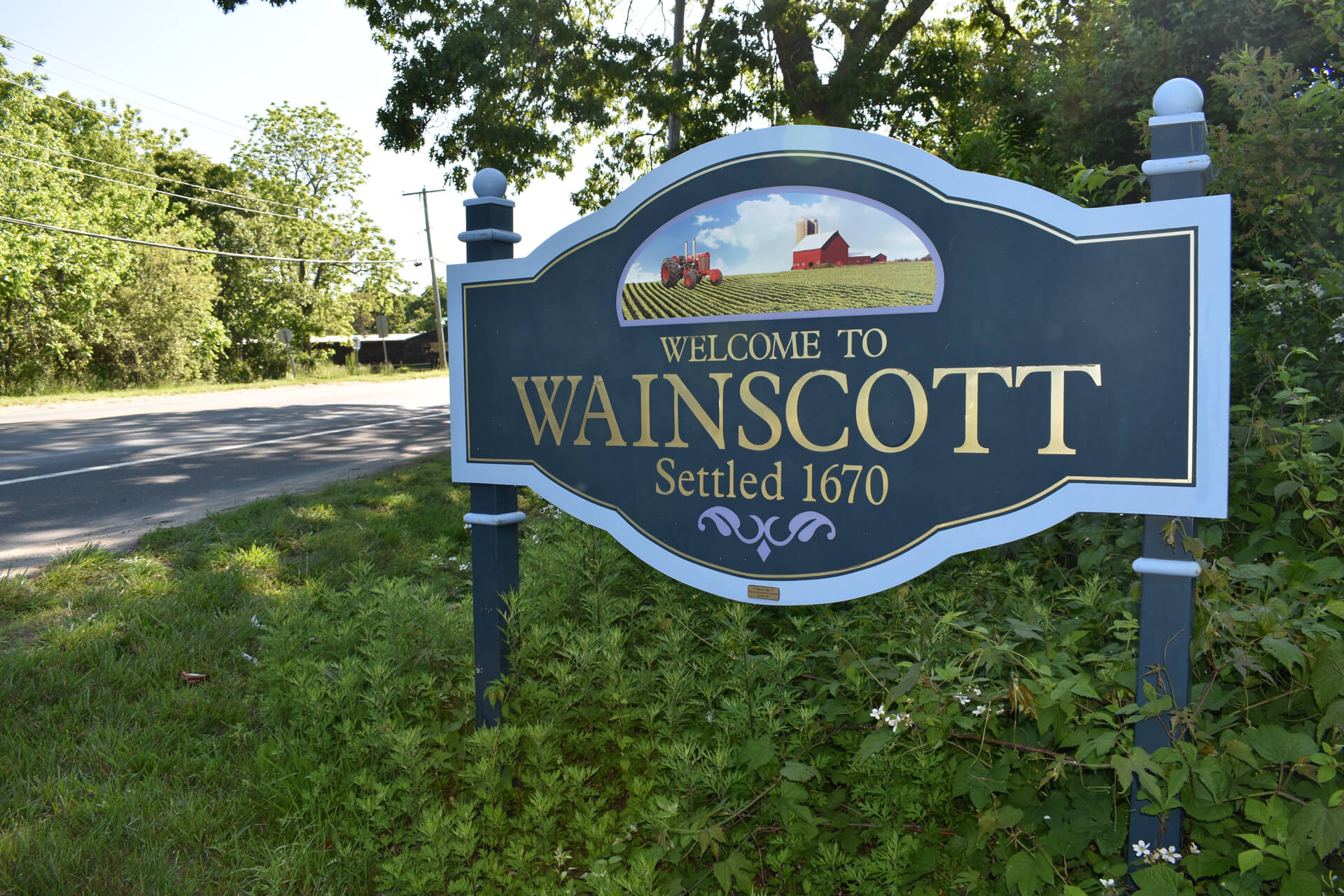East Hampton Town Blocks Vote on Wainscott Village Petition

East Hampton Town Supervisor Peter Van Scoyoc determined Friday that the petition to incorporate Wainscott as a village was legally insufficient to allow him to schedule a referendum for voters to decide the issue.
The supervisor’s 13-page determination on whether the petition complied with New York State Village Law was posted on the town’s website Friday following a public hearing last month. Proponents blasted the decision, but Van Scoyoc reiterated that the petitioners can correct the portions cited as invalid and try again, if they so choose.
“I know the petitioners will be disappointed,” he wrote. “I know they worked hard on the petition. If they are inclined to pursue this further, perhaps this decision will offer a roadmap as to how to proceed in the future so that any subsequent petition will be deemed legally sufficient.”
Long Island is home to 95 villages, including 10 on the East End. The most recent hamlet to incorporate, Mastic Beach, was formed in 2010 to enact stricter local control over rental properties, but residents dissolved the village six years later due to ballooning budgets. Wainscott’s petitioners are seeking to incorporate to better fight an offshore wind farm cable from being buried under the hamlet — a project the town has approved.
“In yet another agenda-driven decision that ignores governing law, the town supervisor has manufactured reasons to reject a petition by Wainscott voters to escape his rule,” Michael McKeon, a spokesman for the petitioners, Citizens for the Preservation of Wainscott (CPW), said in a statement. “While the town supervisor condescendingly professes his solemn responsibilities, he is actually torturing technical requirements to achieve his agenda at any cost.”
In his determination, Van Scoyoc listed eight reasons for his decision, although one of those reasons he noted were neighbor’s tangential objections about the impact incorporation would have on property values. He wrote that the petitioners were supposed to file the paperwork and the $6,000 filing fee with him directly, not through the town clerk. He also wrote that the petition only had 15 people sign the petition as of November 20, which he determined was not 20% of the proposed village’s population as petitioners described it at the time. In addition, he objected to the borders of the proposed village, among other issues.
The petitioners said they are reviewing their options, which they suggested could mean taking the town to court again, as the group did previously after the town council approved the wind farm cable project. Wainscott United, a group opposed to incorporation, cheered the supervisor’s determination and urged CPW not to sue.
“It is now time for Wainscott to join with the Town of East Hampton to address the challenges presented by the pressure of development,” the group said in a statement. “Another legal proceeding will serve only to sow further discord and make the necessary collaboration with the town more difficult. We hope that CPW will see the wisdom of bringing an end to this divisive episode.”
Read the supervisor’s determination here.
Related Story: Wainscott Village Petitioners Get Hearing, File Suit Over Wind Farm



